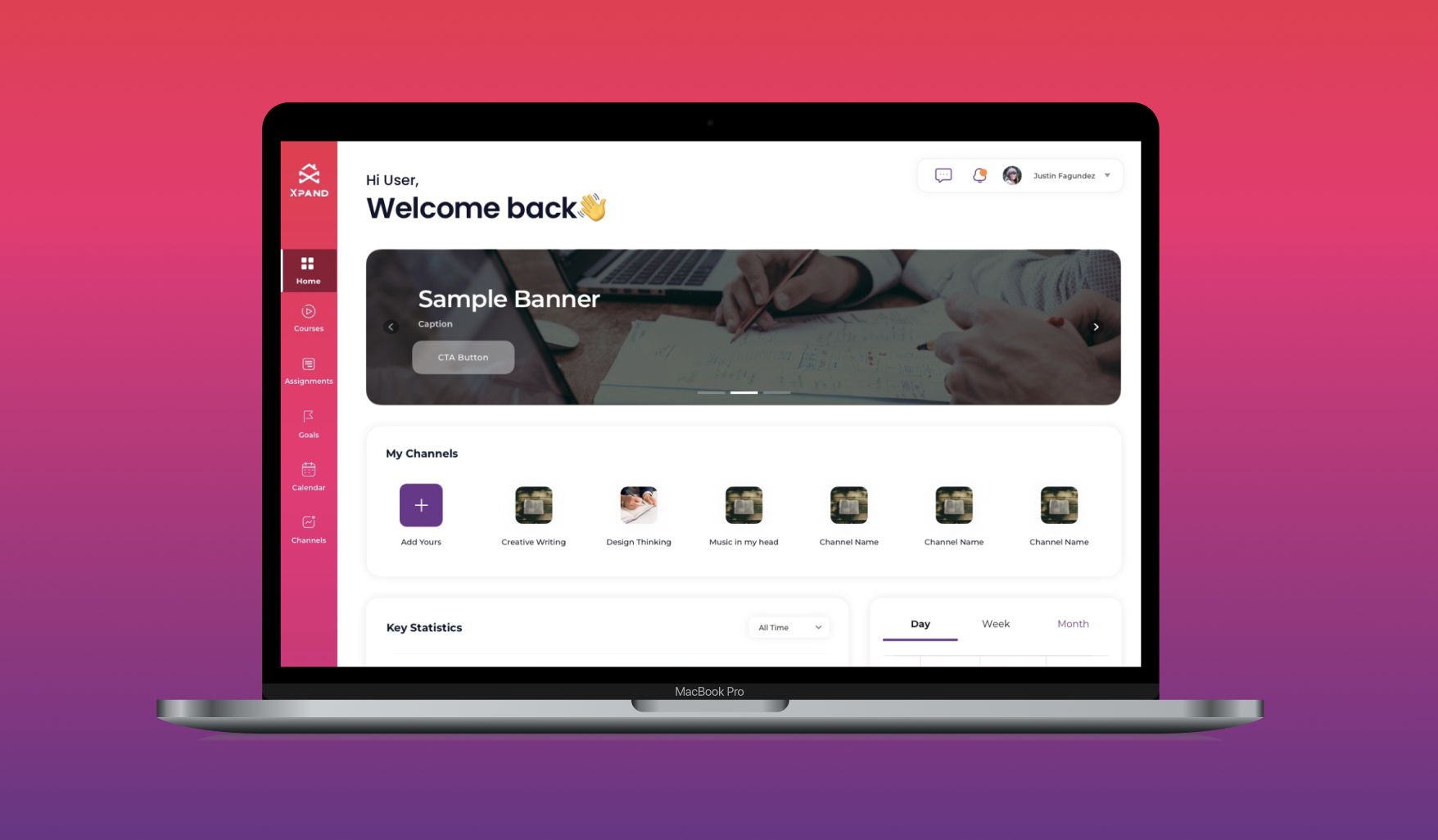
Xpand Coaching Conversations One on One
I remember when I did my very first coaching call, I got on the call and simply asked, “So… what you wanna work on.” Later I came to learn this is one of the worst things you can do as a coach. It is your job to help discover needs, and play guide on the call. You can’t rely on your client or team members to lead the conversations.
Have a Cadence and be Consistent in Xpand: My friend Clint Pulver liked to call these “Xpand Status Check Ins” because no employee wants to feel like they have to go get looked at under a microscope and dreamed for their performance. If you are someone that sporadically when you see someone struggling call them in for an interview this is going to create a negative connotation to your interviews. Yet, if you have an interview already scheduled one time a month no matter the performance, this will create a positive relationship to your interviews because you are showing that you just want to coach, hold accountable, encourage, give praise etc… regardless of their performance in Xpand.
If you have slotted an hour time frame, don’t necessarily be stuck on that whole hour. It may be more powerful to end early and be more potent than to take up the whole hour. It’s ok to have 10 min calls, vs schedule the standard 30 min or 60 min calls.
Xpand Prepwork: Make sure your people know to show up on time and be prepared. Know the links, or the meeting locations beforehand. If there was homework from prior meetings, make sure to remind them beforehand to have that ready to talk about. Have questions prepared for the call.
Get Centered in Xpand: Reminder the one-one-one meeting has a few intentions but the main one is to find opportunity to Xpand the life that you are leading. You are in a position of leadership to level up your people, and to do a service as a guide for growth. Make sure to be present to that before entering into conversation, and center yourself. Drop your ego, drop your personal agendas, and make sure you approach every interaction aligned and with love. Don’t get defensive, and practice dropping your lenses, and see things from all perspectives. Meet your mentee where they are, and put yourself in their shoes, your shoes, other people’s shoes so you can approach growth from a neutral lens, and place of truth. If you bring the wrong energy, these meetings can backfire on you, and you will find slower progress, less trust, less value, and less production/results from the person you’re interviewing/coaching.
Active Listen: make sure to show curiosity in these, and do 20% or less of the talking. Lean in, ask questions that spark thinking. Ask clarifying questions to show that you care and want to make sure you hear and understand them.
Read Non-verbals: there is what is said, and the unsaid in any given situation. Your intuition and ability to read their non-verbal communication is going to be extremely important. The leaders that learn to read the energy of the conversation are those that can really start to see the truth, and serve at the highest level. Don’t let them LIE to you with their words, because their bodies and energy won’t lie. Call it out if you see it, and let them start over where their words and energy match up.
Take Notes in Xpand: Have a running note section you can be updating each time you meet. Make a google doc, excel sheet, journal or something that you can always reference back to. In Xpand we have a shared note section where you can collaborate on a note together for things. Our top leaders use this so that it’s stored in a central spot, and constantly getting reviewed and looked at by their mentees.
Be vulnerable first: What this means is show that you are human, and you make mistakes, and have problems in life, and are a safe place to get vulnerable. You can’t have genuine change and growth without ultimate truth and vulnerability. Think you don’t want to be coaching a person’s shell, you want to be coaching through to their core. Once you can find what beliefs, patterns, activity is really happening, that is your baseline, and you can work on plans and change from there.
Give feedback in Xpand: Don’t be afraid to confront problems and call people out. As uncomfortable as this may seem, you are serving vs pleasing by stating truths and giving constructive feedback. It is in our nature to want to show love and support, so realize that by telling people they have food on their face it is helping. This also means telling them they are being lazy and could be bringing more intensity to life is the same thing. You actually lose respect the more you avoid feedback. Those that have the confidence to deliver feedback with love and a firm hand demonstrate true leadership.
Discipline comes from the word disciple, not punishment. Christ would discipline aka disciple his people, helping them become stronger followers of him. This is designed to be positive growth, not destructive.
First ask for permission to give feedback.
“Are you open to some feedback?”
“Is now a good time for me to give my honest perspectives?”
If they say no – then you can simply ask when would be a good time, and schedule a time.
Avoid labeling and projecting on people.
“You ARE_____”
Use start up phrases like:
“How you show up for me is____”
“My experience of you is____”
This demonstrates feedback, where it gives the opportunity for them to use it or not. Where the latter is projecting new identities which may or may not be true on them.
Ask for Feedback in Xpand: If you are giving feedback you have to be willing to get feedback. Ask them to share their opinions on how you can improve as a leader, coach or manager. Ask them how the company can better improve. Ask them their feelings on the team, and changes that could be made.
Action Items in Xpand: At the end of each call map out the action items. Most people make a checklist on their notes. Make sure they have a due date and they fully understand their plan. I did this for years, and 9 times out of 10 people fail to ever even review the action items, and you will see slow progress. I felt there must be a better way so in the Xpand platform we built assignments to have better accountability, logging/tracking, due dates, reviews, reminders and rewards. See the chapter on Assignments for more details on how this will exponentially improve your system for post coaching calls/meetings. You want to have clear initiatives during your peoples time between meetings. If you have the app before you finish the call – assign them their assignments in the app, if you don’t i promise most the time you will forget.
Cadence:
Meeting -> Plan -> Action Items -> Go and Do (2 weeks) -> Review/Accountability
Send them Notes/Call in Xpand: A best practice is to record the calls. If you are using Xpand – you can do your calls right in the app so they save under your user’s profile and they can reference them easily. If you use zoom or google meet, record and email the recording to them. When you take notes, sum them up and send a follow up email with the main bullet points.
If you aren’t a good note taker you may be able to get by at the beginning, but I promise you will look back and wonder what you talked about. You also have just built a story around the fact you aren’t good at taking notes, you can always change that. Professional management and leaders document their process, and client journeys and so should you. This too will also eliminate potential liability, and gives you ground to stand on when your client or mentee complains with things that get tough.

